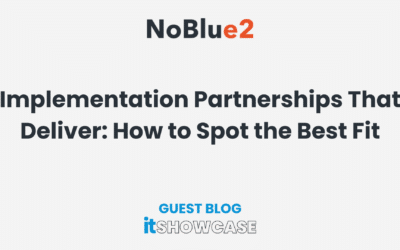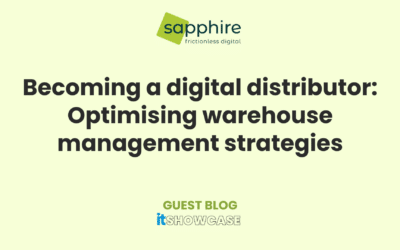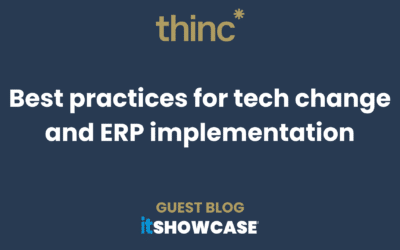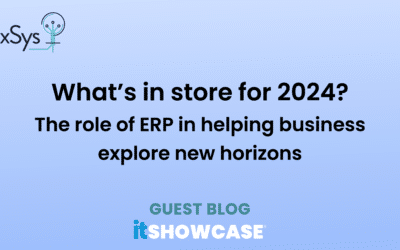Building information modelling
BIM is a process involving the generation and management of digital representations of physical and functional characteristics of a facility. The resulting building information models become shared knowledge resources to support decision-making about a facility from earliest conceptual stages, through design and construction, through its operational life and eventual demolition.
Traditional building design was largely reliant upon two-dimensional drawings (plans, elevations, sections, etc.). Building information modeling extends this beyond 3-D, augmenting the three primary spatial dimensions (width, height and depth) with time as the fourth dimension and cost as the fifth.[citation needed] BIM therefore covers more than just geometry. It also covers spatial relationships, light analysis, geographic information, and quantities and properties of building components (for example manufacturers’ details).
BIM involves representing a design as combinations of “objects” – vague and undefined, generic or product-specific, solid shapes or void-space oriented (like the shape of a room), that carry their geometry, relations and attributes. BIM design tools allow extraction of different views from a building model for drawing production and other uses. These different views are automatically consistent, being based on a single definition of each object instance. BIM software also defines objects parametrically; that is, the objects are defined as parameters and relations to other objects, so that if a related object is amended, dependent ones will automatically also change. Each model element can carry attributes for selecting and ordering them automatically, providing cost estimates as well as material tracking and ordering. For the professionals involved in a project, BIM enables a virtual information model to be handed from the design team (architects, surveyors, civil, structural and building services engineers, etc.) to the main contractor and subcontractors and then on to the owner/operator; each professional adds discipline-specific data to the single shared model. This reduces information losses that traditionally occurred when a new team takes ‘ownership’ of the project, and provides more extensive information to owners of complex structures.
Visit a software event
Find software online
Leading BIM Software Suppliers
No Results Found
The page you requested could not be found. Try refining your search, or use the navigation above to locate the post.
BIM Software Blog
The Competitive Advantage of a Private Data Lake
Written by Epicor - a regular exhibitor at out itSHOWCASE events Understand how a robust data infrastructure can help your company maximise Artificial Intelligence initiatives. Embarking on Artificial Intelligence (AI) initiatives requires a robust data...
Beyond Beauty: Unveiling the power of ERP in the cosmetic industry
Written by Winman - regular exhibitor at our itSHOWCASE events In a world where self-care knows no gender, the cosmetics industry is experiencing a revolutionary shift. Traditionally, it was dominated by products and marketing aimed towards women. The change has...
Implementation Partnerships That Deliver: How to Spot the Best Fit
Written by NoBlue2 - regular exhibitor at itSHOWCASE events When upgrading your ERP system, the first major task is to choose the perfect system for your needs. Once you’ve made this decision, the next step is to find the ideal partner to implement it for you. There...
Becoming a digital distributor: Optimising warehouse management strategies
Written by Sapphire - a regular exhibitor at itSHOWCASE events Inventory precision The wholesale and distribution sector thrives on the seamless flow of goods, where operational efficiency and precision are pivotal to staying ahead in a highly competitive landscape. A...
Best practices for tech change and ERP implementation
When undergoing a major tech overhaul, you've got to do things the right way Written by Thinc - regular exhibitor at itSHOWCASE events For many businesses, implementing new technology across the organisation is an essential, but often daunting task. For smaller...
What’s in store for 2024? The role of ERP in helping business explore new horizons
Written by NexSys - regular exhibitor at itSHOWCASE events A new year always offers the chance to take stock and refocus. Our movers and makers endured a tough 2023 and those that came out the other side are trying to prepare for what the next 12 months have in store....












